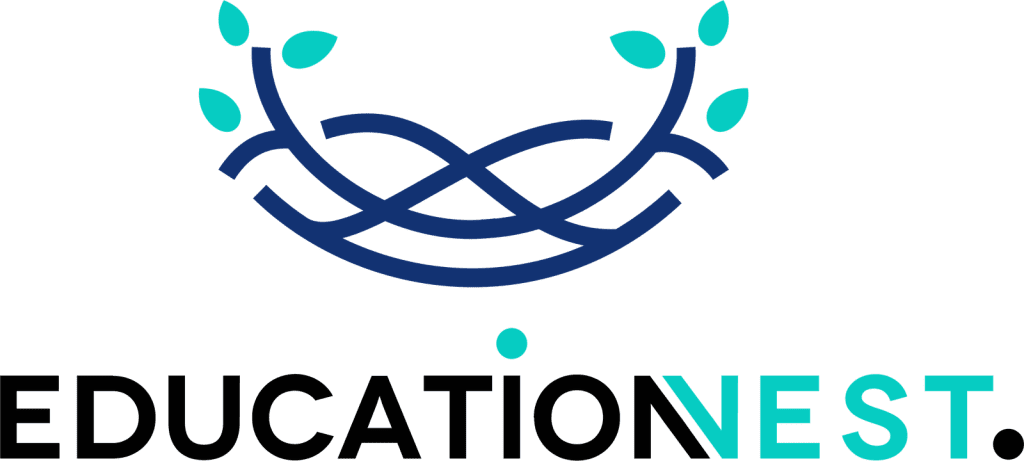In today’s fast-paced business world, workplace safety isn’t just a checkbox it’s a critical responsibility that can make or break your organization’s success.
Every year, thousands of workplace accidents occur, costing businesses millions and putting employees at risk. But what if you could dramatically reduce these risks and create a culture of safety that protects your most valuable asset your team?
The Real Cost of Workplace Accidents
Picture this: A preventable workplace incident occurs. An employee gets injured, productivity crashes, insurance costs skyrocket, and your company’s reputation takes a hit. The financial and human toll can be devastating. According to the Occupational Safety and Health Administration (OSHA), businesses spend $170 billion annually on costs associated with workplace injuries and illnesses.
Why Safety Training Matters More Than You Think
Safety training isn’t just about following rules. It’s about:
- Protecting your employees’ lives and well-being
- Reducing financial risks and potential legal complications
- Creating a positive, secure work environment
- Boosting overall team productivity and morale
Key Components of an Effective Safety Training Program
1. Risk Assessment and Identification
Before building a safety training program, you need to understand your specific workplace risks. This means:
- Conducting thorough workplace inspections
- Identifying potential hazards in different work areas
- Analyzing past incident reports
- Consulting with employees about their safety concerns
2. Comprehensive Training Modules
A strong safety training program should cover:
- Emergency response procedures
- Proper use of personal protective equipment (PPE)
- Ergonomic best practices
- Chemical safety and handling
- Fire prevention and evacuation plans
- Mental health and stress management
3. Interactive and Engaging Training Methods
Gone are the days of boring, monotonous safety lectures. Modern safety training should be:
- Interactive and hands-on
- Using multimedia presentations
- Incorporating real-life scenarios
- Offering digital and in-person learning options
- Including practical demonstrations
Legal Compliance and Beyond
Understanding OSHA Regulations
OSHA sets the standard for workplace safety. Compliance isn’t optional—it’s mandatory. Your training program should:
- Meet all federal and state safety regulations
- Be regularly updated to reflect current guidelines
- Provide documentation of training completion
- Include clear reporting mechanisms for safety concerns
Building a Safety-First Culture
Training is more than a one-time event. It’s about creating a workplace culture where safety is a shared responsibility. This means:
- Leadership actively participating in safety initiatives
- Encouraging open communication about potential risks
- Recognizing and rewarding safety-conscious behavior
- Continuous learning and improvement
Technology and Safety Training
Digital Tools to Support Safety Education
Modern technology offers incredible opportunities to improve safety training:
- Virtual reality simulations for high-risk scenarios
- Mobile-friendly training platforms
- Real-time tracking of training completion
- Data analytics to identify training effectiveness

Read More
Build an Inclusive Workplace: Essential Diversity Training for Modern Teams
Master Project Management: Comprehensive Training for Successful Leadership
Implementing Your Safety Training Program: A Step-by-Step Guide
- Conduct a comprehensive workplace risk assessment
- Design tailored training modules
- Choose appropriate training delivery methods
- Schedule regular training sessions
- Track and measure training effectiveness
- Continuously update and improve the program
Common Challenges and Solutions
Challenge: Employee Engagement
Solution: Make training interactive, relevant, and directly applicable to daily tasks.
Challenge: Budget Constraints
Solution: Invest in digital training platforms, which can be more cost-effective long-term.
Challenge: Keeping Training Current
Solution: Set up a quarterly review process to update training materials.
Measuring Training Success
Track these key performance indicators (KPIs):
- Reduction in workplace incidents
- Employee feedback and satisfaction
- Training completion rates
- Cost savings from prevented accidents
Conclusion: Your Team’s Safety is Your Greatest Investment
Essential Workplace safety training isn’t an expense it’s an investment in your most important resource: your people. By committing to a robust, engaging, and comprehensive safety program, you’re not just protecting your team. You’re building a stronger, more resilient, and more successful organization.
